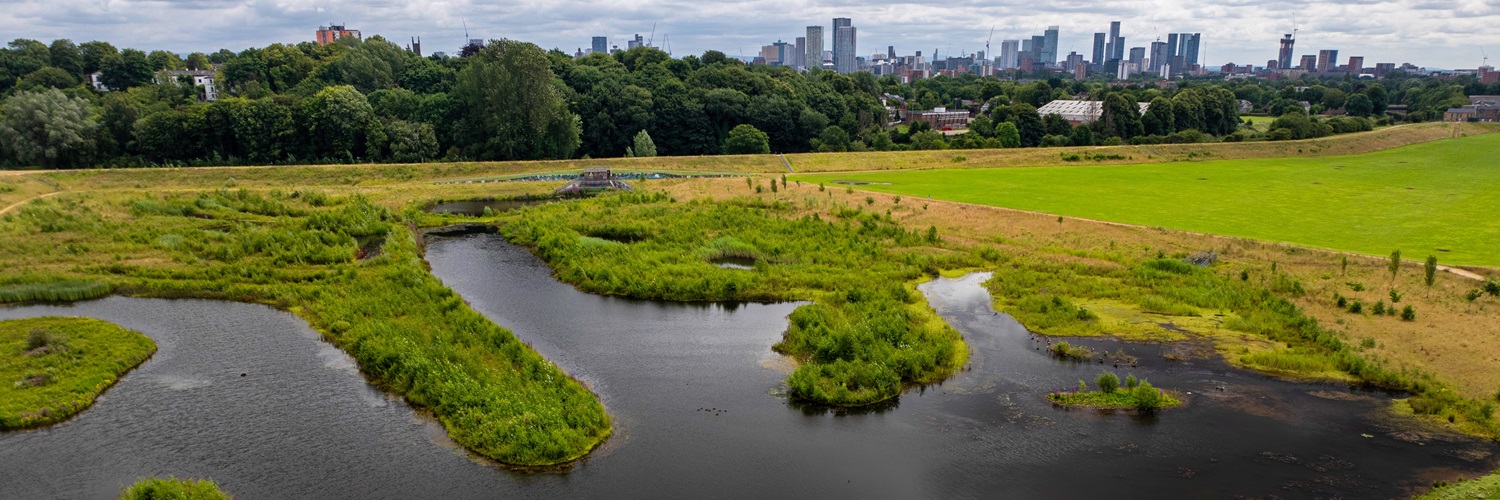Current biodiversity credit methodologies often overlook the uncertainties involved in measuring biodiversity changes, potentially leading to inaccurate evaluations of nature conservation and restoration projects, according to IFB Leaders, Richard Field and Franzi Schrodt of the University of Nottingham. They reviewed 17 biodiversity credit methodologies by analysing their published specifications and identified significant gaps in addressing uncertainties related to sampling errors, seasonal variations, day-to-day fluctuations, and other factors.
Richard said,
“These uncertainties are important because we do not want credits to be issued for biodiversity outcomes that are no more than random fluctuation. Nor do we want the payment to be withheld for small reductions in measured biodiversity when those reductions are only random fluctuations.”
Of the 17 methodologies reviewed by the team, only a few explicitly addressed uncertainty in their documentation. Those included the frameworks developed by Pivotal/Plan Vivo and the Wallacea Trust, as well as the Biodiversity Assessment Methodology (BAM) of the New South Wales government in Australia.
Franzi said,
“The market is still in the very early stages, and we cannot expect perfection from the start. There’s room for improvement, but everyone needs to look very carefully at this aspect, as the reputation of biodiversity credits will depend on the accuracy of the outcomes for nature that units aim to represent.”
The team is currently stress-testing a selection of the assessed methodologies – using a process developed by Franzi - at two UK sites: the Knepp Castle Estate rewilding site and the Attenborough Nature Reserve.
The process integrates on-site measurements with semi-automated methods. These include environmental DNA (eDNA) for water, bioacoustics for bats and birds, and light detection and ranging (LiDAR) data for vegetation.
Richard said,
“We conduct intensive fieldwork, examining the plants, birds, bats, butterflies, plants, invertebrates, and other species groups. We’re evaluating their abundance and richness in great detail, more thoroughly than typical biodiversity credits assessments. We employ a combination of technologies and approaches to capture biodiversity at our two field sites, applying various metrics to our datasets and analysing their responses.”
The work will continue until March 2026.
